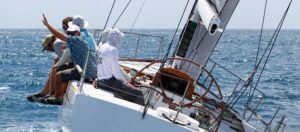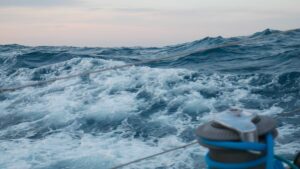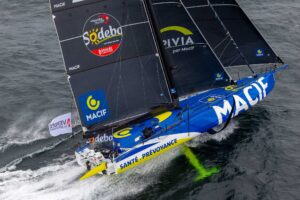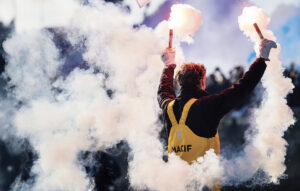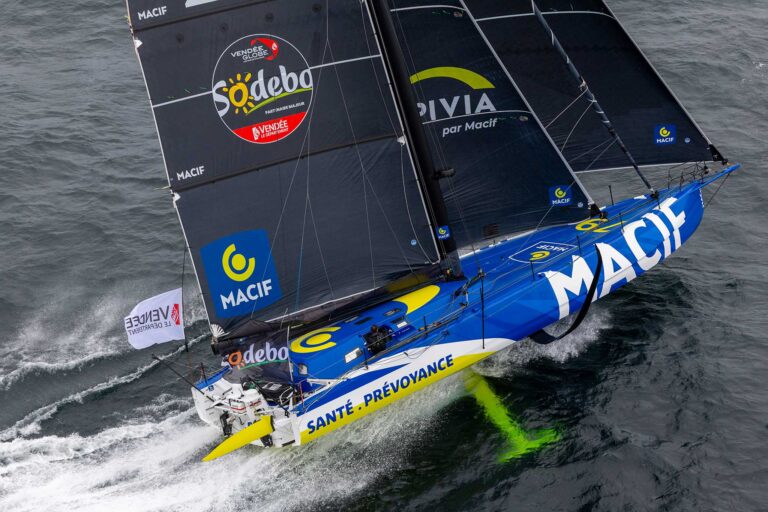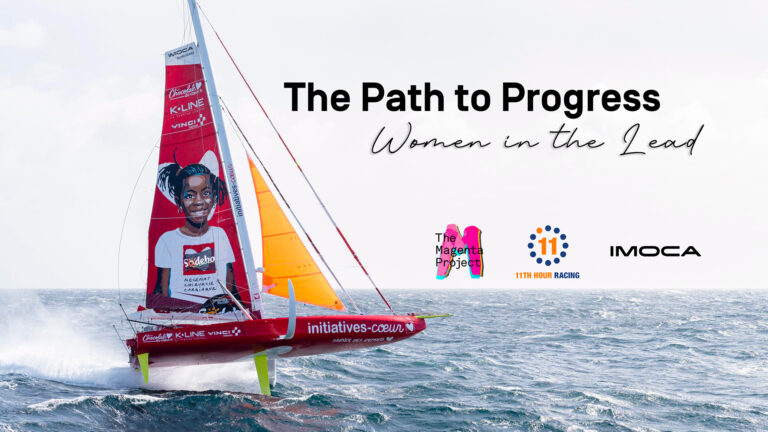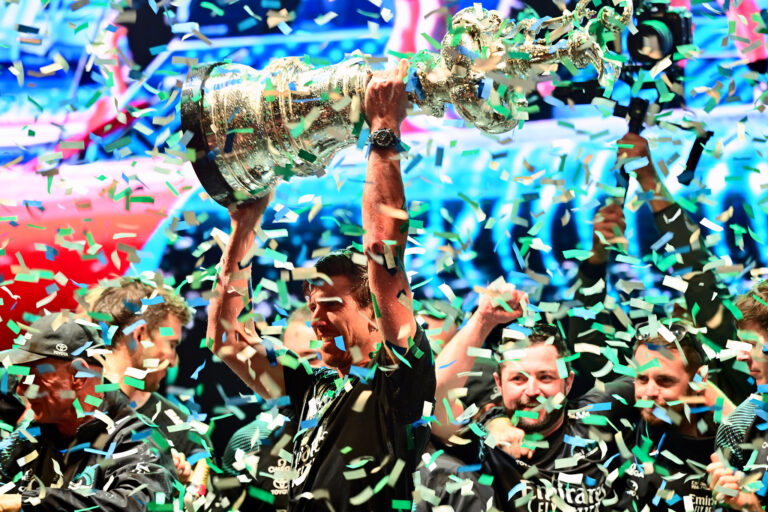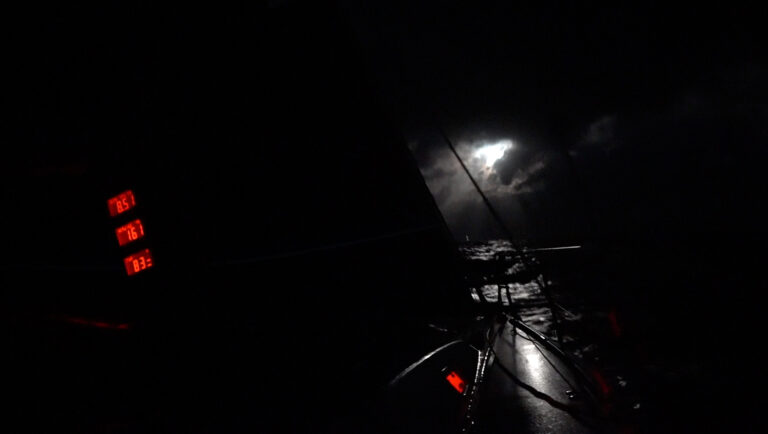The Pressure Rises: Development time runs out
Life is changing for the play-ers in the 2007 America’s Cup. The leading teams look to February as the month to wrap up final training in Dubai (Switzerland’s defender, Alinghi, and Sweden’s Victory Challenge) or Auckland (Emirates Team New Zealand and America’s BMW Oracle). Then the sailors get one final break before racing begins in earnest in April in Valencia, Spain.
At the opposite end of the spectrum is China Team, whose one new boat, CHN 95, was completed last fall at McConaghy’s yard in Dong Guan and shipped to Valencia with a plan to launch in February. Call it an oversized challenge for the mixed French and Chinese crew to be competitive in April, but, like Germany’s, this is a look-to-the-future effort.
Of the sailing at BMW Oracle, the multifaceted Craig Monk said, “This winter is our last opportunity for serious strength training. When we get back to Valencia, physio is all maintenance.” He should know. Monk is a grinder, but not just any grinder; he won a bronze medal skippering a Finn dinghy in the 1992 Olympics, and he is the shoreside sailing-team manager.
The team took an older boat and one of its two new hulls to Auckland (Larry Ellison has said, “We chose to build two very different boats”), but Monk claimed that the team was largely done with testing. “We’ve been at it three years,” Monk said. “We think we’ve exhausted every detail, and going into the Cup year the big gains are to be found in refining our techniques for sailing well. The long slog of testing is behind us. For the sailors this is the best time.”
Emirates Team New Zealand is using the Down Under summer to work up its new NZL 92 against NZL 84, which topped the standings at the end of the last Acts in Valencia—not that managing director Grant Dalton will let his people forget for a minute that the Alinghi they beat, by a smidgen, was a modified 2003 hull. Training starts on most days at 0630 with a gym session of 60 to 75 minutes. Then comes a long day on the water. “Now that we have two new boats to develop, we’re even more focused,” sailing manager Kevin Shoebridge said. “The program is varied. Too much straight testing can be a bit mind-numbing. The guys look forward to race days, which we treat like the real thing, so long as they don’t break the boats.”
Alinghi has been ambitiously operating in Dubai with two boats and 60 people, a boat shed, a sail loft in a tent, and 10 container-workshops.
Going to Dubai was a last-minute decision, allowing Alinghi to work up its newest boat in a sea breeze. According to mid-bowman Curtis Blewett, the team has been on “a six-and-a-half-day work week; we have a new boat, so this is the most intensive segment so far.” As for Dubai, a unique enclave on the Persian Gulf, “Cabs are cheap and the nightlife is good; there are lots of expats, and it’s the place if you’re into dune buggies.”
The Swedish team, Victory Challenge, has also been in Dubai with two boats, but with a focus, skipper Magnus Holmberg said, “on racing and crew work.” They will soon join the migration back to Valencia, to be up and sailing there in March.
Teams that did not establish a full-time training base away from Valencia (generally a financial decision) are wondering how much they have lost. In Valencia there’s been sparring and testing among, for example, Team Shosholoza of South Africa, Areva (France 93 was launched in November), Mascalzone Latino Capitalia of Italy, and United Internet Team Germany, which relaunched its new boat in January after reengineering/strengthening the ballast fin. There was also a lot of waiting for the breeze, which history says doesn’t return in reliable fashion until March.
The cipher in this mix, now, is Luna Rossa, one of three Italian challengers—and as heir to 2000 challenger Prada, accorded decent prospects—which spent an underfunded winter in Valencia looking as if the afterguard is struggling to coalesce across international lines. Kimball Livingston

